I like these types of posts. Many people are intimidated by component-level repairs. I write this to show that it is possible, with minimal test equipment and easy-to-understand directions, to make repairs and get things back in working order.
Every year, we lose two or three RF amplifier modules from the DX-50s. Normally, this happens after a thunderstorm. Sometimes it is a spontaneous failure.
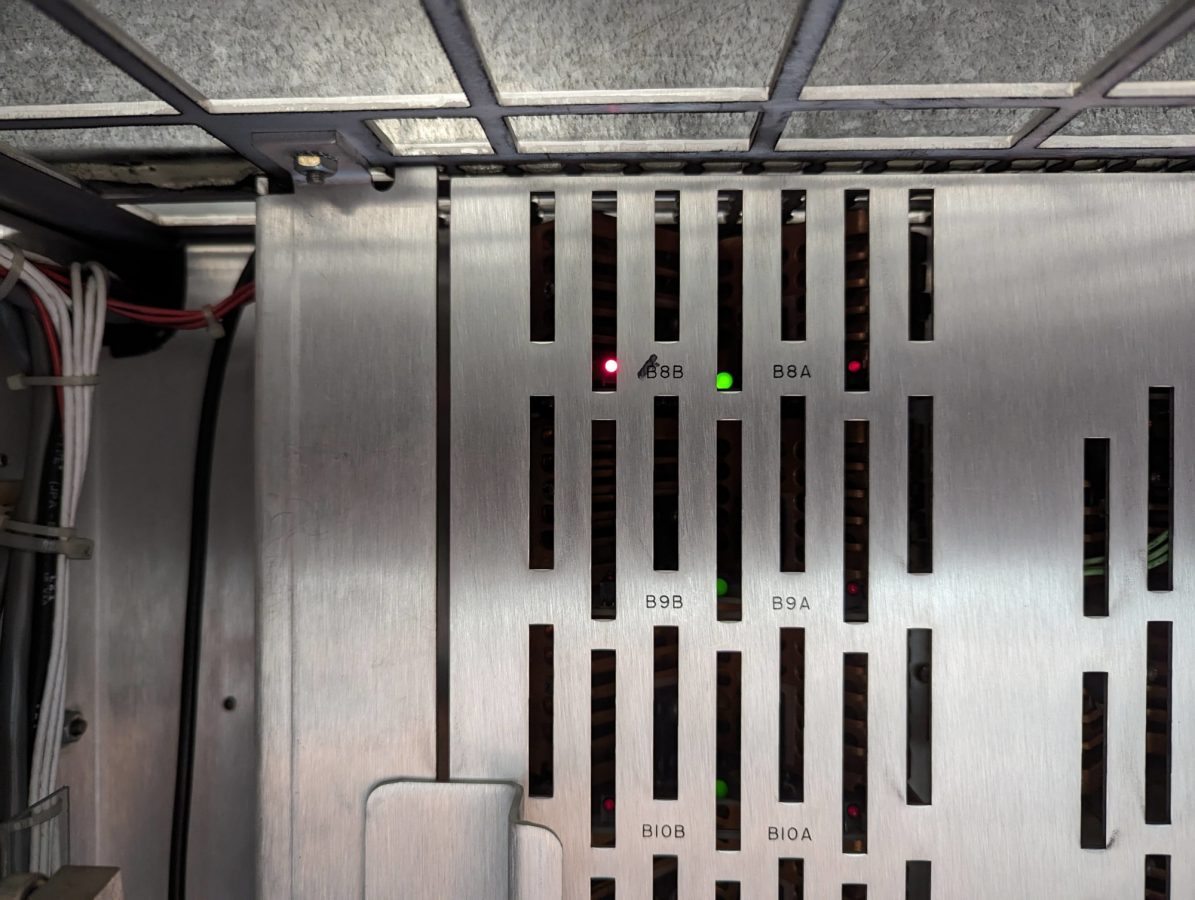
These are fairly simple medium-wave RF amplifiers. There are no adjustments or tuning circuits on the amplifier board itself. They use eight IRFP-350 RF devices. There are two fuses to protect the transmitter power supply against device short circuits. If a fuse blows; Section C, RF amplifier Modules, of the DX-50 manual has a good troubleshooting guide. There is a very good chance that one or more of the RF devices is bad. Unfortunately, they have to be removed to be tested.
Gates Air recommends that if one device is failed, all four devices from that section are replaced at the same time even if they test good. The IRFP350s are inexpensive devices and it is easier to replace everything at once. The Mouser Part number is 844-IRFP350PBF and they are $3.81 each as of this writing. The PBF suffix means it is lead-free.
The other part that can be bad, but it is unlikely, is the TVSS diode across the gate and source (CR1-4). These are inexpensive as well. Mouser part number is 576-P6KE20CA and they are $0.38 each. It is good to have a few of these on hand.
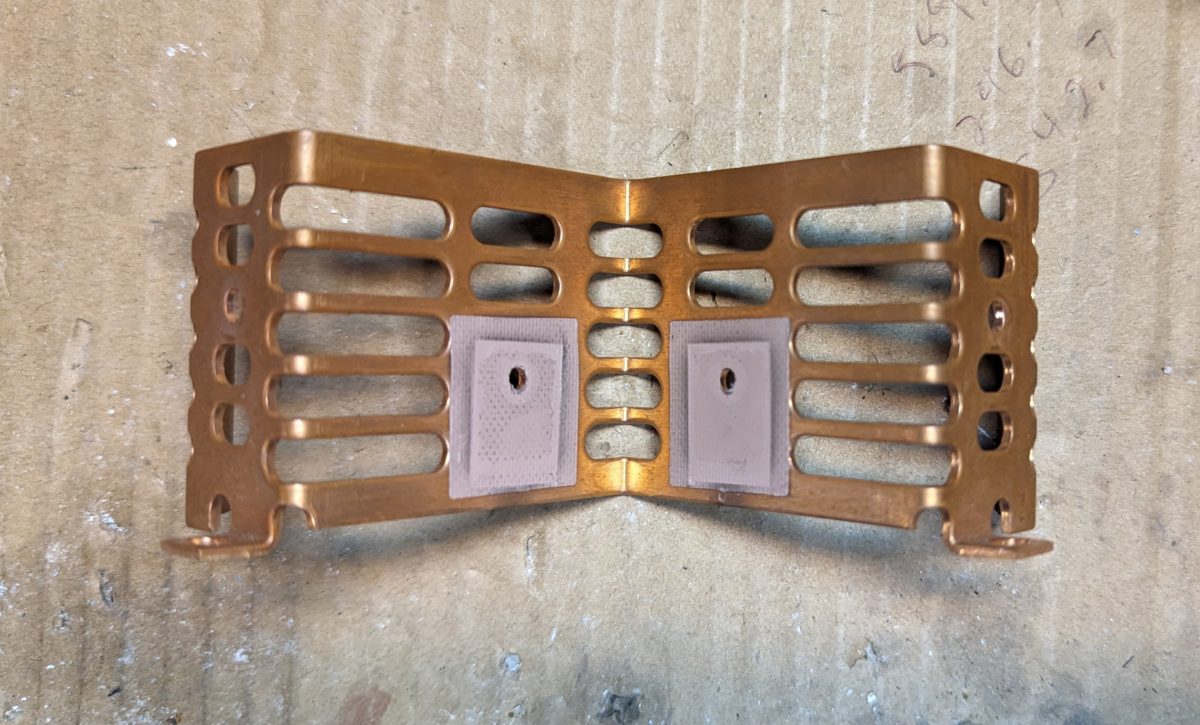
The most difficult part of this is dealing with the heat sinks. The devices get stuck to the heat sink pads after so many years, so it takes a little effort to get them separated. The manual recommends gently prying the device away from the heat sink with a small screwdriver. They can be reused if you are careful and do not rip the insulator pad. However, if the insulator pad rips, it needs to be replaced. Mouser part number 739-A15038108 ($0.86 each).
To test each IRFP350 after it has been removed, use either a DVM with greater than 3 VDC on the resistance setting or a Simpson 260 on the Rx10,0000 range. Connect the positive lead to the Drain, the negative lead to the Source, and then use a jumper connected to the Gate to turn the device on or off. Alternatively, you can use a 9-volt battery to turn the device on and off.

If the device does not turn on or off, it is defective.
The TVSS diode should measure open (>2M) in both directions. Anything other than that, the unit is defective and needs to be replaced.
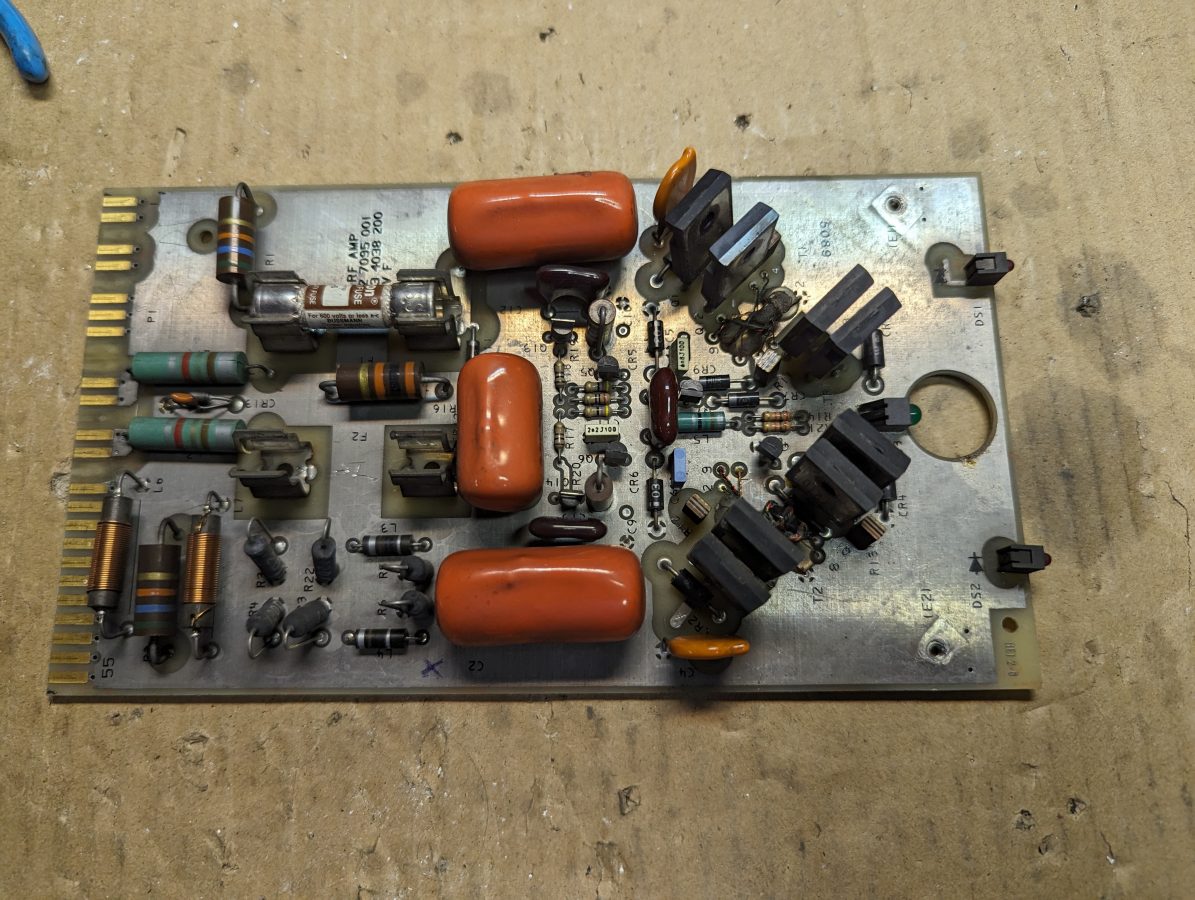
The first step is to remove the heat sink. I used a small screwdriver under the leads to gently pry the MOSFETS off of the heat pads. If you are careful, all of the heat pads will survive. Once the heat sink is off, I remove all four of the suspected MOSFETS. The leads are heavy gauge, so it takes a little bit of work with the solder pump and solder wick. I tested each MOSFET and found one shorted unit, the other three test okay. However, since these are inexpensive devices, I replaced all four.
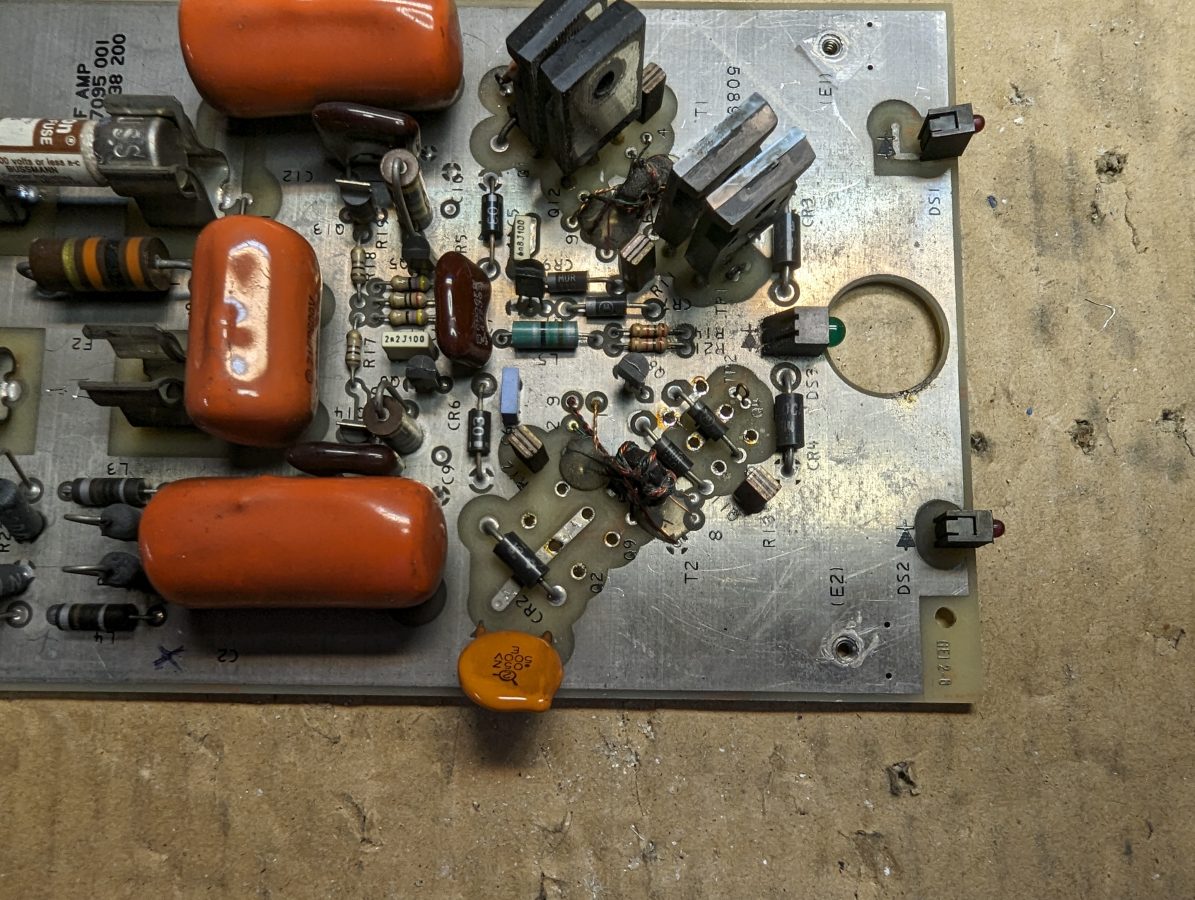
Good device:
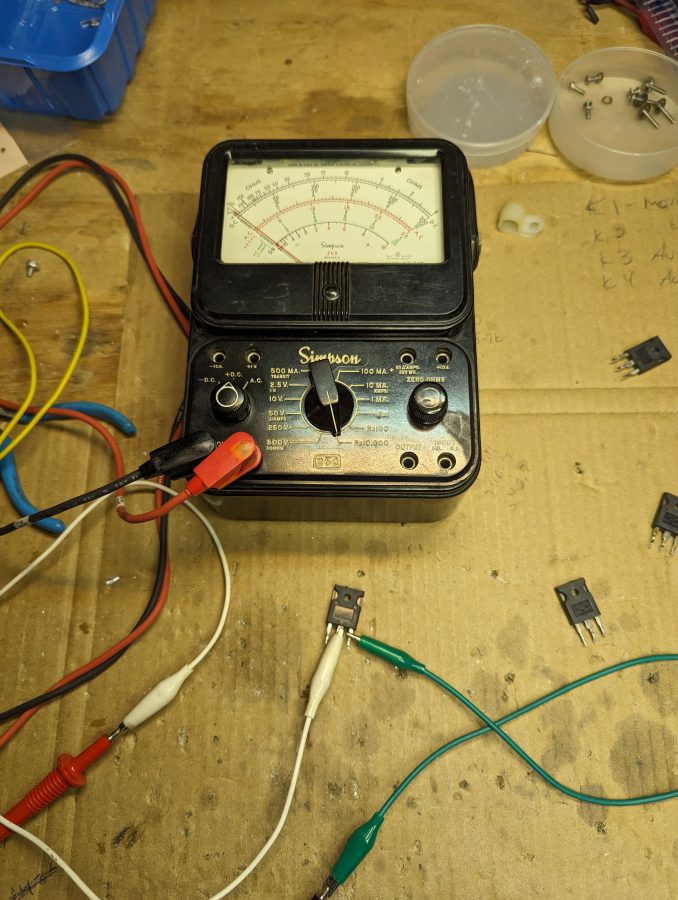
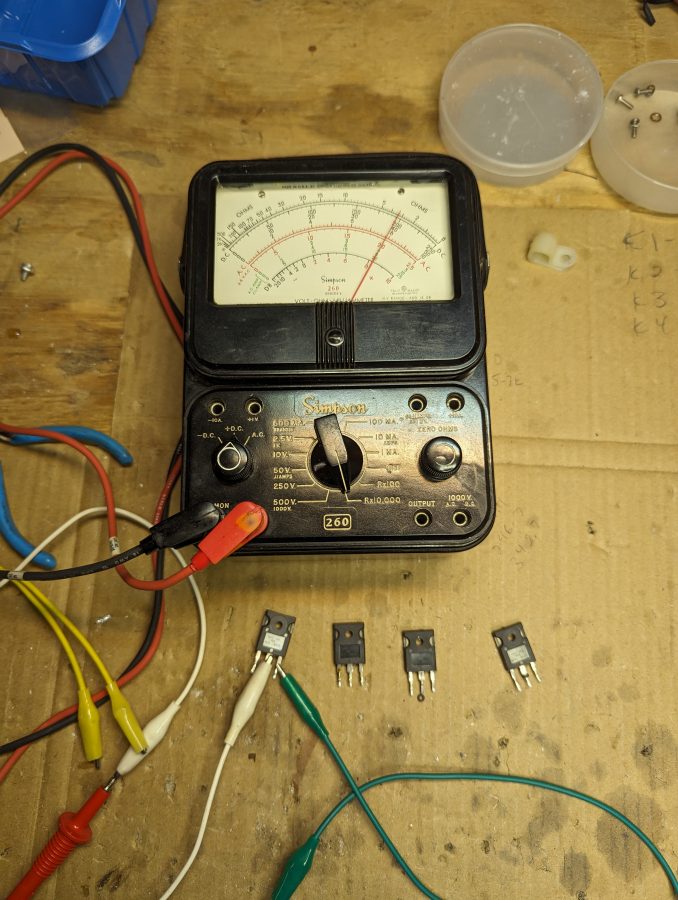
Bad device:
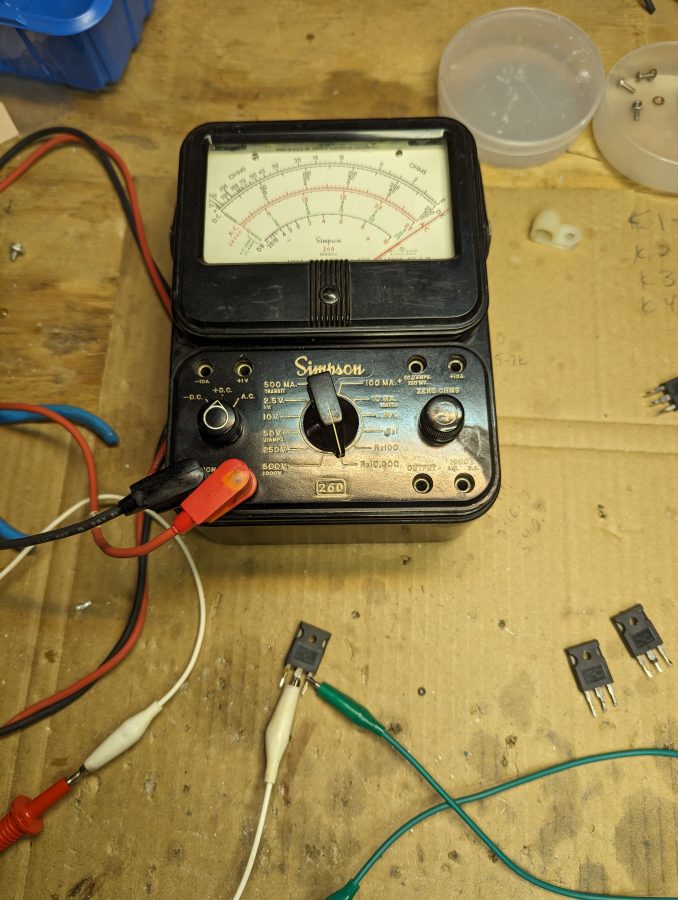
Assembly is in reverse order. Make sure that none of the insulating pads were torn during disassembly. I like to get everything attached to the heat sink before soldering the leads. It helps with lining everything up. Take care and make sure that the ferrite beads on the drain leads of Q3,10 and Q4,11 are re-installed with the new devices. These are necessary to prevent high-frequency oscillations.
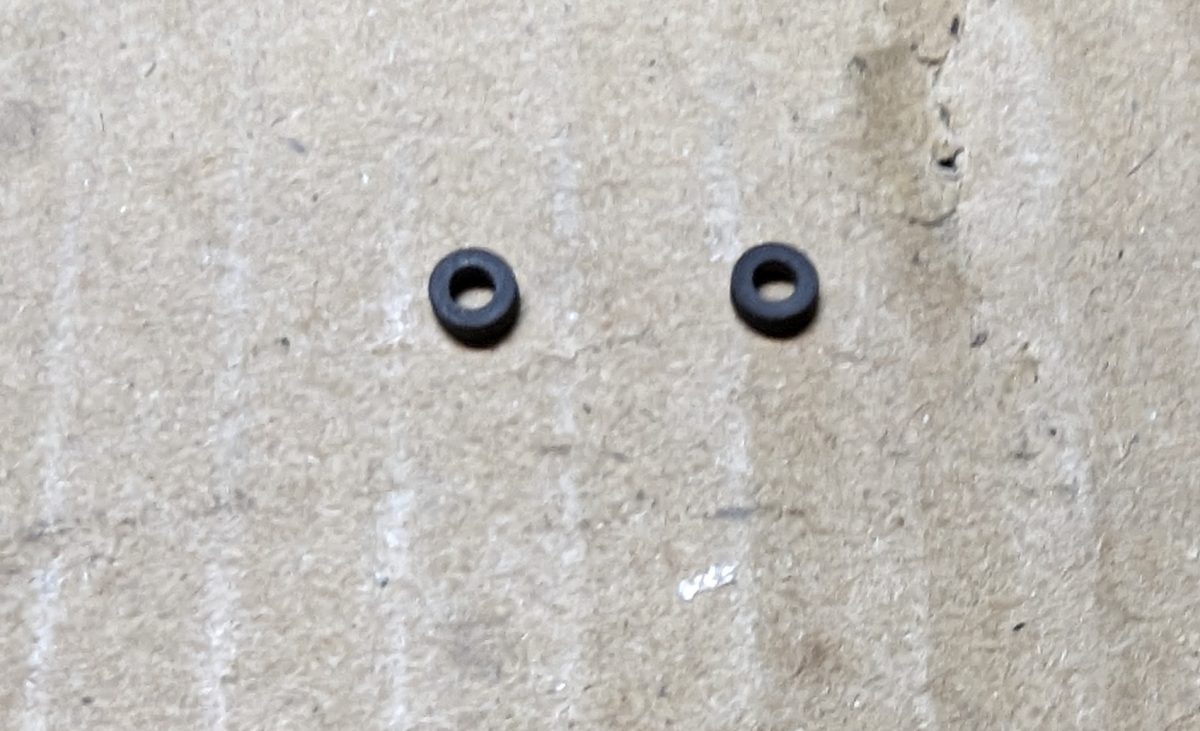
Of course, the final test is in the transmitter. Generally speaking, I test the standby transmitter into the test load every two weeks. This is done in conjunction with the generator load test so as not to spin up the demand meter.

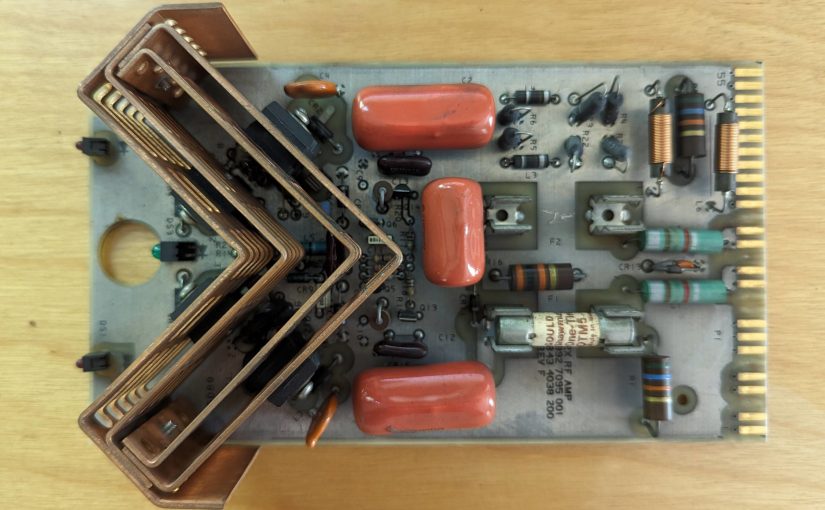

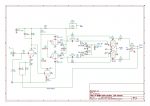


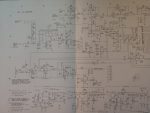
It’s a shame you can’t test MOSFETs in-circuit like you can with the SX series, but having a small module to work with on the bench is nice.
I bought a 260 off eBay just for MOSFET testing in the SX-1 that I care for, that’s having its 40th birthday in September.
A Simpson 260. Yep, there are times when a DVOM, even a Fluke 87, just won’t do the job right. I’ve got 2, a Series 6P and a Series 3. The 6P was my father’s last VOM, and the 3 was a garage sale find given me by a friend. The protected ones (like that 6P) can be a problem when used in RF fields, as my father found out, so I use the Series 3 when working around HF transmitters. The protection circuitry can nuisance-trip. Those 260’s can last 40-50 years if the batteries don’t leak!
Good to see someone doing board-level maintenance nowadays.
I’ve only replaced the IRFP350’s in one RF module in the life of that transmitter, that was actually in the Driver stage.
Same RF amps as the PA.
One FET was shorted but replaced all. No reason so it might have been a fluke. Coming up on 30 years for that DX-50.
Lost the main transformer in ’96 and that resulted in a batch of Safety and other Bulletins.
Latest boards & mods done in 2008.
On it’s third batch of Big & small Blue capacitors.
Gregg, I wholeheartedly agree! Unsoldering these to test them is kind of a pain. However, they don’t seem to go bad often, which is okay. I know several SX transmitters where the little screw terminal connectors fall apart when trying to take an IRFP30 out. The Simpson 260 is a workhorse. I got mine off of eBay several years ago.
Crusty, the 260 is useful in many ways, including setting audio levels!
Bill, sometimes the MOSFETs just seem to give up. This year, we lost one after a thunderstorm, one during a transmitter switch and one just failed one night for no reason. I will say that as long as maintenance is kept up, these DX transmitters can continue on for as long as there are parts available.
As long as GOOD parts are available! Chinese semiconductors-UGH!
I like my WV-38A meter. But why would I say that?
Lou KF4RCA
Lou – my client with the SX-1 had the WV-38A, and used that for MOSEFET troubleshooting for years. I bought the 260 when the RCA meter finally died.